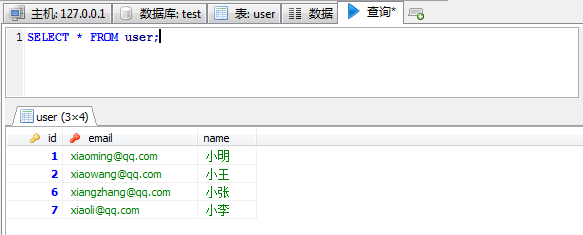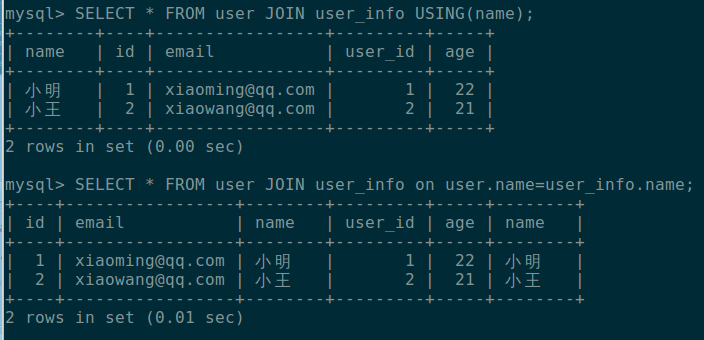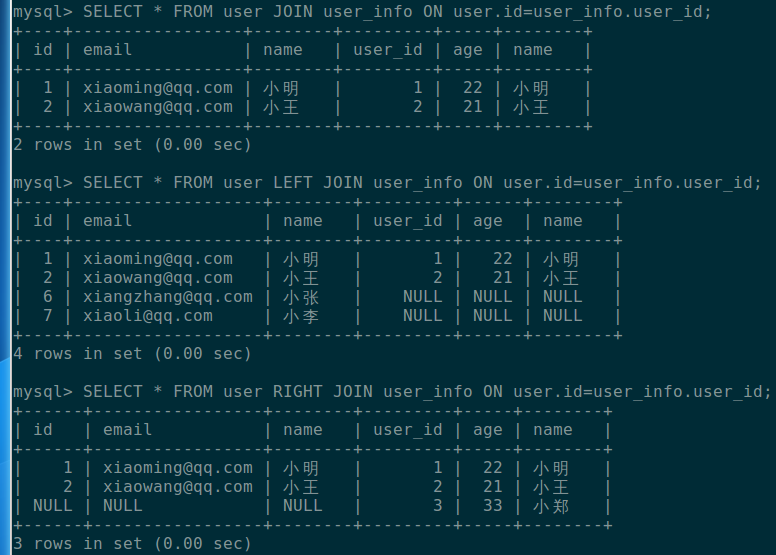InnoDB 主要优势
- 事务支持:事务提交回滚以及错误恢复。
- 行级锁
- 聚合索引
- 外键支持
InnoDB 在 MySQL 5.6.4 后支持全文索引。
MySQL 5.5 后默认存储引擎为InnoDb。
如果不能使用到索引,行级锁会失效。
如何选择两种存储引擎
大量读,几乎没有写请求 和 小于5.6.4版本需要全文索引,选择 MyISAM,其他情况选择InnoDB。
我的性能测试结果,仅供参考
CREATE TABLE `engine_t1` ( `id` int(11) unsigned NOT NULL AUTO_INCREMENT, PRIMARY KEY (`id`) ) ENGINE=InnoDB DEFAULT CHARSET=utf8;
单进程插入10万条记录,MyISAM 1.8348009586334 秒, InnoDB 2.0098528862 秒
6个进程同时各插入10万条记录,MyISAM 3.860533952713 秒, InnoDB 2.9386329650879 秒(每个进程运行时间差不多,文章中给出的是其中一进程的运行时间,下同)
12个进程同时各插入10万条记录,MyISAM 7.4965870380402 秒, InnoDB 5.0007991790771 秒
CREATE TABLE `wp_posts_1` ( `ID` bigint(20) unsigned NOT NULL AUTO_INCREMENT, `post_author` bigint(20) unsigned NOT NULL DEFAULT '0', `post_date` datetime NOT NULL DEFAULT '0000-00-00 00:00:00', `post_date_gmt` datetime NOT NULL DEFAULT '0000-00-00 00:00:00', `post_content` longtext COLLATE utf8mb4_unicode_ci NOT NULL, `post_title` text COLLATE utf8mb4_unicode_ci NOT NULL, `post_excerpt` text COLLATE utf8mb4_unicode_ci NOT NULL, `post_status` varchar(20) COLLATE utf8mb4_unicode_ci NOT NULL DEFAULT 'publish', `comment_status` varchar(20) COLLATE utf8mb4_unicode_ci NOT NULL DEFAULT 'open', `ping_status` varchar(20) COLLATE utf8mb4_unicode_ci NOT NULL DEFAULT 'open', `post_password` varchar(255) COLLATE utf8mb4_unicode_ci NOT NULL DEFAULT '', `post_name` varchar(200) COLLATE utf8mb4_unicode_ci NOT NULL DEFAULT '', `to_ping` text COLLATE utf8mb4_unicode_ci NOT NULL, `pinged` text COLLATE utf8mb4_unicode_ci NOT NULL, `post_modified` datetime NOT NULL DEFAULT '0000-00-00 00:00:00', `post_modified_gmt` datetime NOT NULL DEFAULT '0000-00-00 00:00:00', `post_content_filtered` longtext COLLATE utf8mb4_unicode_ci NOT NULL, `post_parent` bigint(20) unsigned NOT NULL DEFAULT '0', `guid` varchar(255) COLLATE utf8mb4_unicode_ci NOT NULL DEFAULT '', `menu_order` int(11) NOT NULL DEFAULT '0', `post_type` varchar(20) COLLATE utf8mb4_unicode_ci NOT NULL DEFAULT 'post', `post_mime_type` varchar(100) COLLATE utf8mb4_unicode_ci NOT NULL DEFAULT '', `comment_count` bigint(20) NOT NULL DEFAULT '0', PRIMARY KEY (`ID`), KEY `post_name` (`post_name`(191)), KEY `type_status_date` (`post_type`,`post_status`,`post_date`,`ID`), KEY `post_parent` (`post_parent`), KEY `post_author` (`post_author`) ) ENGINE=InnoDB DEFAULT CHARSET=utf8mb4 COLLATE=utf8mb4_unicode_ci;
单进程插入1万条记录,MyISAM 4.3874440193176 秒, InnoDB 3.8677229881287 秒
6个进程同时各插入1万条记录,MyISAM 9.7532279491425 秒, InnoDB 6.4886889457703 秒(平均每个进程运行时间)
12个进程同时各插入1万条记录,MyISAM 22.401536941528 秒, InnoDB 8.3166329860687 秒(平均每个进程运行时间)
12个进程同时主键SELECT1万次,MyISAM 3.3773090839386 秒, InnoDB 3.3466641902924 秒(平均每个进程运行时间)
30个进程同时主键SELECT1万次,MyISAM 8.7141139507294 秒, InnoDB 8.6588280200958 秒(平均每个进程运行时间)
总结:从这个测试结果来看,InnoDB几乎是完胜啊。(结果仅供参考,或许完全没有参考价值,毕竟与真实业务中的查询情况相差巨大)







